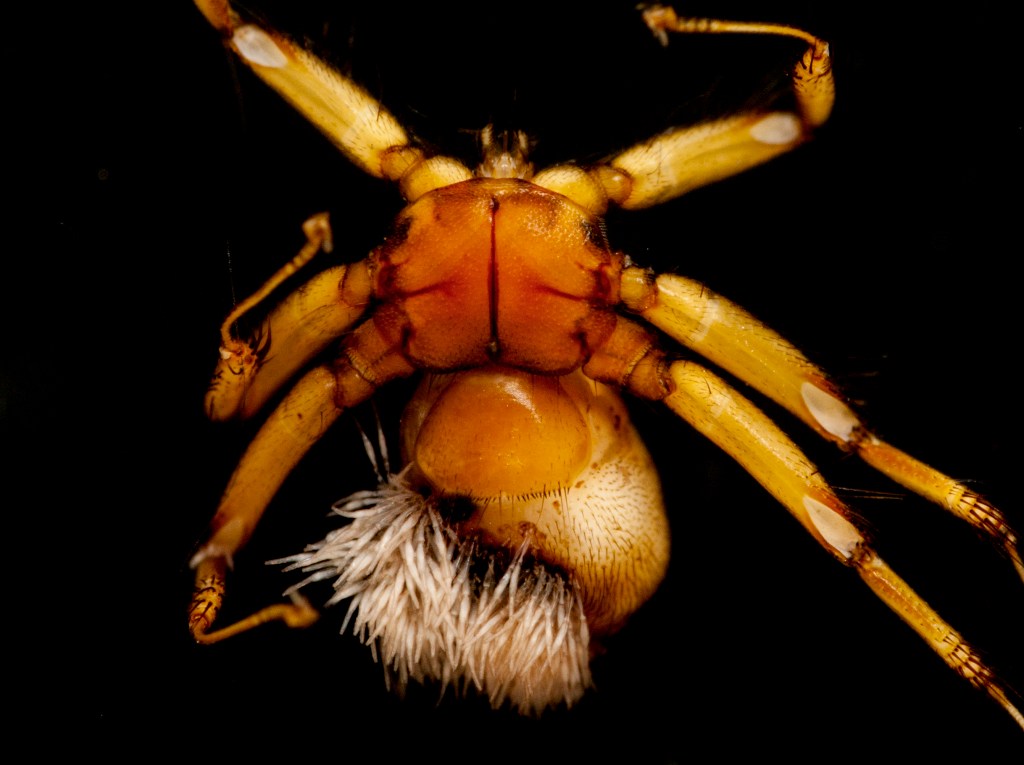Understudied fungi in understudied habitats




With only 138,000 out of an estimated 1.5 to 6.0 million species having been formally described thus far, it comes as no surprise that many groups of fungi remain in need of study — some even more so than others. Two prime examples of understudied clades of fungi in the phylum Ascomycota are the classes Laboulbeniomycetes and Leotiomycetes. The arthropod-associated Laboulbeniomycetes have been historically neglected because of their minute size, limited morphological traits to distinguish them among themselves, inability of most taxa to be grown in culture, and the absence of comparative traits to place them among other fungi. The Leotiomycetes, on the other hand, have a long history of taxonomic studies, primarily in the temperate Northern Hemisphere, especially in western Europe and the USA. But compared to the extensive taxonomic studies in the Northern Hemisphere, other areas of the world, including the tropics in both hemispheres, Africa, and much of the Asian continent remain virtually unsampled.





When we think about understudied habitats, we often think about tropical rainforests and the amazing diversity that is being discovered in those areas. And yes, I end up doing quite a bit of fieldwork in especially the Neotropics. But “understudied” is close at home as well. Another example of an underexplored habitat is a northeastern USA drumlin archipelago — formed by the retreat of glaciers and subsequent flooding with rising sea levels — where we have found rare and undescribed species of Agaricales, Helotiales, Orbiliales, Russulales, and Xylariales. A completely different example of an understudied habitat, but with important agricultural impact, is the leaf surface of fresh produce, such as romaine lettuce.





